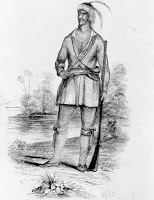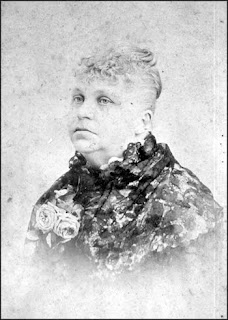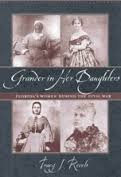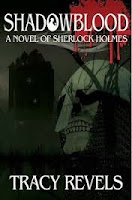 |
| Meet me in Florida! |
While walking along the shoreline and perhaps splashing in the waves have always been enjoyable activities, the results of such efforts were not really popular until the 1920s. In the Jazz Age, Americans began to worship youth and vigor, as well as illegal drinking and sexual rule-breaking. Flappers who "petted" while in college could still mature into respectable matrons, and a deep suntan became a symbol of wealth and leisure, rather than a degrading sign of outdoor labor. The stage for college-age hijinks was set.
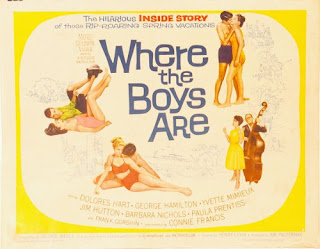 Spring Break had its roots in Ft. Lauderdale, which hosted a Collegiate Aquatic Forum in the 1930s. During World War II, many servicemen trained on Florida's beaches and bunked in coastal hotels. Some of them returned for vacations, and they certainly shared their memories of Florida with other family members. The concept of a week-long student fiesta began to boom in the 1950s, as more Americans entered college and the nation enjoyed an extended period of prosperity. In 1960, a hit movie called Where The Boys Are (starring young actors George Hamilton, Jim Hutton, and Connie Francis) portrayed a clutch of college students having adventures and finding love beneath the Florida sun. In 1961, some 50,000 co-eds showed up in Ft. Lauderdale to imitate their screen idols.
Spring Break had its roots in Ft. Lauderdale, which hosted a Collegiate Aquatic Forum in the 1930s. During World War II, many servicemen trained on Florida's beaches and bunked in coastal hotels. Some of them returned for vacations, and they certainly shared their memories of Florida with other family members. The concept of a week-long student fiesta began to boom in the 1950s, as more Americans entered college and the nation enjoyed an extended period of prosperity. In 1960, a hit movie called Where The Boys Are (starring young actors George Hamilton, Jim Hutton, and Connie Francis) portrayed a clutch of college students having adventures and finding love beneath the Florida sun. In 1961, some 50,000 co-eds showed up in Ft. Lauderdale to imitate their screen idols. |
| Daytona Beach, late 1980s Spring Break (State Archives of Florida) |
Whenever a coastal town became concerned about its press---and hopeful of becoming a more family-friendly destination---city ordinances designed to cut down on the fun multiplied. Over time, the focus of Spring Break shifted from Ft. Lauderdale to other points on the map. Revelers took over Daytona Beach and later the Gulf Coast cities. Today, college kids have a wide selection of Spring Break spots, and the fun goes on around the clock. But just as before, there is the constant tension between the pleasure-seeking youth and the forces of civilization. As much as resort cities love the money, they dread the accidents, the vandalism, and the spectacle of becoming one massive drug and alcohol-drenched orgy. Every year the question is raised anew: how much debauchery is socially permissible?
But for all of the negative connotations, Spring Break remains an important pillar of tourism and an essential element of Florida's identity as a place where one can escape one's troubles---especially those caused by professors and exams.
 |
| Party time at Panama City Beach |





